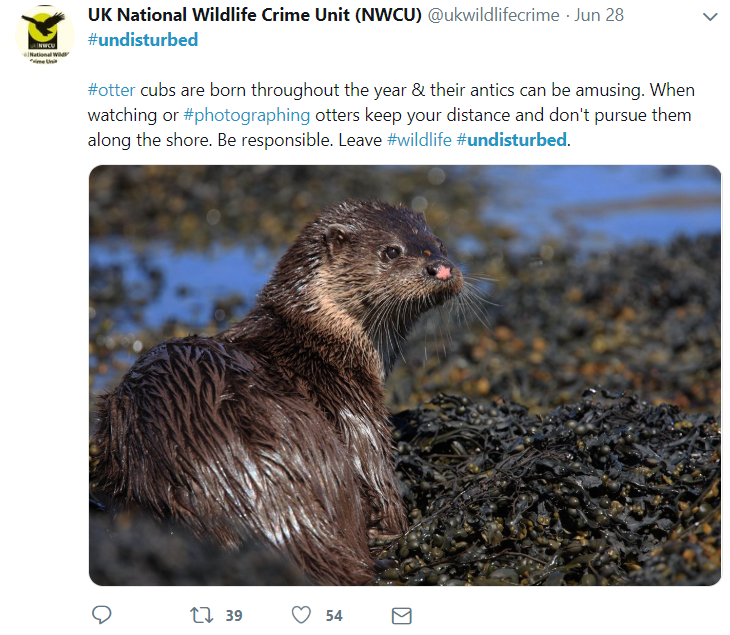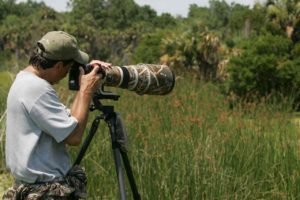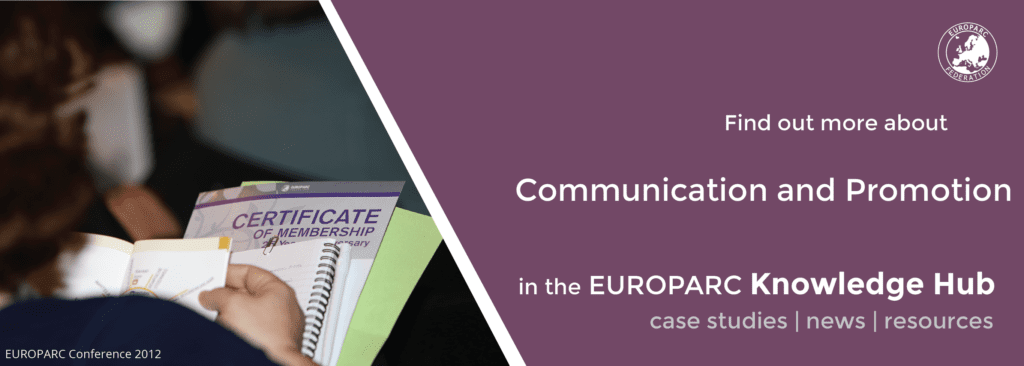“Undisturbed”: UK runs campaign to “educate” wildlife photographers and drone operators
Wildlife photographer, photo from pixabay
The UK National Wildlife Crime Unit is running a social media campaign targetting wildlife photographers and drone operators… to leave wildlife “undisturbed”. This is the story of their campaign, published in the “Countryside Jobs Service”.
Leave wildlife #undisturbed
Due to the latest advances in technology and more affordable prices in equipment, photography and filming are fast becoming a popular activity in European Protected Areas. Furthermore, in some cases, the use of drones has proved to be a powerful tool for Protected Area professionals, able to provide different types of information in a cost-effective manner.
However, photographers without knowledge of wildlife behavior are approaching animals and popular places for them in search of new pictures – and if the approach is too close and invasive, it could lead to sudden behavior changes of the species, and cause harmful effects on biodiversity.
Some incidents so far reported include causing seal colonies to stampede into the sea, seabirds fleeing cliff ledge nests, dolphins changing behavior due to vessels and raptors lifting from nests due to human presence. In the case of drones, flying close to the animals could cause panic and unnecessary stress.
These incidents were not only seen in Protected Areas, where visitors are usually monitored and controlled, but especially in non-managed areas, where surveillance and enforcement are often absent.

A crime prevention campaign
Under the name of Undisturbed, the UK National Wildlife Crime Unit (NWCU) launched in May 2019 a social media crime prevention campaign. It aims to sensitize wildlife photographers and drone operators about the risks when approaching wildlife to guarantee the welfare of the animals.
This measure complements the UK legislation. The Wildlife and Countryside Act 1981 and Conservation Regulations 1994 sanctions those who intentionally or recklessly disturb protected species with fines that can reach to £5,000 or even 6 months imprisonment. In fact, in the UK, management of wildlife is a devolved power, so the competent authority is allowed to apply licenses to cause disturbance for the purposes of photography. The licenses prevent the photographers from committing an infringement if the animal is disturbed.
Laurie Campbell has over 40 years of experience as a photographer and confirms the rise in the number of wildlife disturbance incidents cause by other photographers. She advises:
As far as possible, one should always research the species of bird or mammal in advance and to determine its protected status within law before attempting to photograph it. Recognising the signs of stress and being aware of any changes in the natural behavior of any animal is vital, both to judge how close you may approach safely, and when to back away. Regardless of whatever the protected status of the species may be, its welfare must always come before the desire to photograph it.
Lou Hubble, Chief inspector and head of the NWCU and Chief says:

Photo by pixabay
“Wildlife is amazing! It is a real privilege to see animals and birds in their natural habitat. We have such a diverse range of species throughout the UK and it is only natural to want to get close to them. However, this initiative serves to remind people that disturbance could be a criminal offense. Please be responsible when photographing or filming wildlife and birds and allow others to enjoy the experience as you have.”
The campaign is supported by the Partnership for Action against Wildlife Crime in England & Wales, Scotland and Northern Ireland respectively and incidents of disturbance should be reported to the UK’s Police by dialing 101.
You can check the Undisturbed campaign in twitter following @ukwildlifecrime and follow the hashtag #undisturbed
